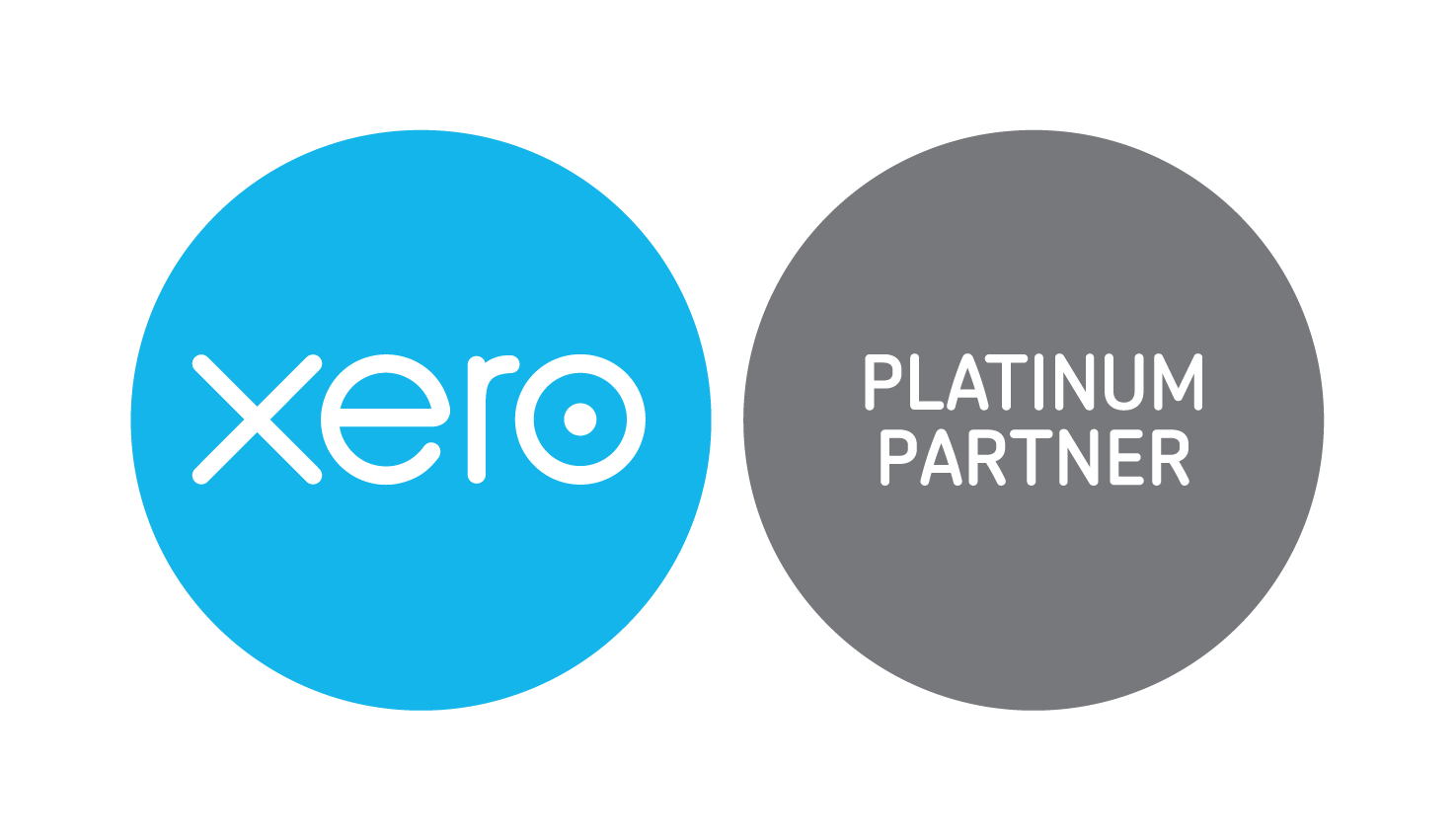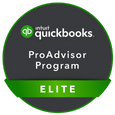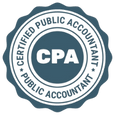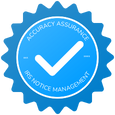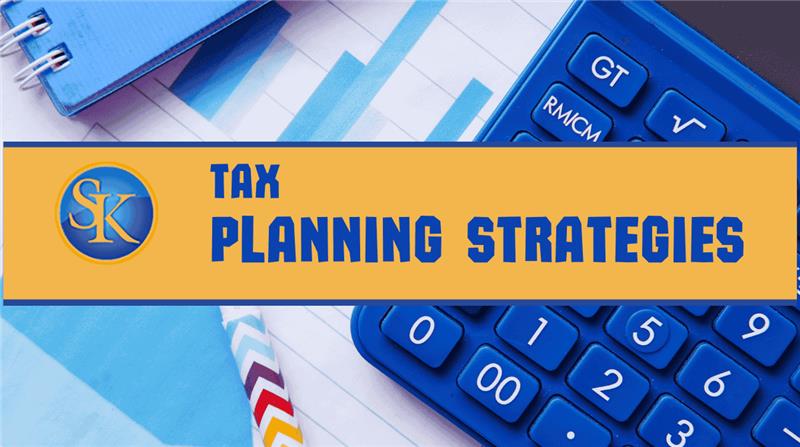
10 Tax Planning Strategies to Know for 2025
Nobody really enjoys talking about taxes but what most people don’t realize is that with the right tax planning strategies, you can actually reduce your tax bill and keep more of what you earn. It’s not about loopholes or hiring expensive professionals it’s simply about learning how to plan smarter throughout the year. In this blog, I will explain tax planning strategies really means, why it matters, and walk you through practical strategies you can start using whether you’re working a regular job, freelancing, or running your own business.
What are Tax Planning Strategies?
Tax planning is financial planning with a purpose. It’s all about arranging your finances in a way that reduces your tax bill legally. It's not just about doing taxes once a year in April. It’s a year-round approach to make sure you’re not overpaying or missing out on deductions, credits, or smart moves that could save you a lot. There are different types of tax planning strategies, but the main idea is always the same: pay what you owe, not a dollar more.
Read more about corporate tax planning
Why Tax Planning Strategies Matter
Let’s say you made $60,000 last year. Without any tax planning, you might end up paying around $8,000 to $10,000 in taxes. But with smart moves like contributing to a retirement account, claiming deductions, or tracking freelance expenses you could cut that tax bill by hundreds or even thousands of dollars.
Tax planning isn’t just for the wealthy. It’s for anyone who earns, spends, or saves. That means you.
|
Scenario |
Without Tax Planning |
With Tax Planning Strategies |
|
Gross Income |
$60,000 |
$60,000 |
|
Retirement Contribution |
$0 |
$6,000 (Traditional IRA) |
|
Business Expenses/Deductions |
$0 |
$3,000 (Freelance write-offs) |
|
Taxable Income |
$60,000 |
$51,000 |
|
Estimated Federal Tax |
$9,000 |
$6,500 |
|
Tax Savings |
– |
$2,500 |
1. Start with Understanding Your Tax Bracket
Your tax bracket determines the percentage of tax you pay on your income. The U.S. has a progressive tax system, which means the more you earn, the higher the rate you pay but only on the portion that falls into that bracket.
For example, if you're in the 22% bracket, you don’t pay 22% on everything. You pay it only on the amount above the lower brackets. Knowing this helps you make smarter decisions like how much to contribute to retirement or when to realize capital gains.
Read more about federal tax brackets 2025,
2. Use Retirement Accounts to Your Advantage
Saving for retirement isn’t just about building a nest egg for later it’s also one of the smartest tax planning strategies you can start using right now. Whether you're working a 9-to-5, freelancing, or running a small business, retirement accounts offer you a legal and simple way to reduce how much you owe in taxes.
Traditional IRA and 401(k): Lower Your Tax Bill Today
Let’s say you earn $60,000 a year. If you contribute $6,000 to a Traditional IRA or your employer’s 401(k) plan, that amount is subtracted from your taxable income. In other words, the IRS only taxes you on $54,000 instead of the full $60,000. That one move could save you hundreds or even thousands on your tax bill, depending on your bracket. This is what people mean when they say pre-tax contributions. You're putting your money to work for your future, and the government rewards you for it now.
Plus, many employers offer 401(k) matching, which is basically free money added to your retirement account. So, you’re saving for the future and reducing your tax burden today. Win-win.
Roth IRA: Pay Now, Save Later
A Roth IRA works differently. It doesn’t lower your taxes today, but it can save you a lot more in the long run especially if you expect your income (and tax bracket) to increase later in life.
Here’s how it works: You pay taxes on your Roth IRA contributions now, but all the money you earn inside the account interest, dividends, gains is completely tax-free when you withdraw it during retirement. If you’re young, in a lower tax bracket, or just want to avoid a big tax bill later on, this can be a very smart move.
The real power of a Roth IRA comes from compound growth. Over time, your investments grow without getting eaten up by annual taxes. And when you're ready to retire, all that growth is yours no IRS cut, no surprise tax hit.
Which One Should You Choose?
It really depends on your personal situation. If you're looking to lower your current tax bill, a Traditional IRA or 401(k) is the way to go. If you’re thinking long-term and prefer to pay taxes now and avoid them later, a Roth IRA might make more sense. Many people use both types of accounts to balance their tax planning over time. This strategy sometimes called tax diversification helps you stay flexible no matter how tax laws or your income changes in the future.
3. Track and Deduct All Possible Business or Freelance Expenses
If you run a side hustle, freelance, or own a small business, keep this in mind everything you spend to run your business could be a tax deduction. That includes:
-
Office supplies
-
Software and tools
-
Internet and phone bills (if used for business)
-
Mileage or gas
-
Marketing and advertising
Many people forget or ignore this, leaving money on the table. The IRS allows you to deduct these costs so you’re only paying taxes on your profit not on what you spent to earn it. This is one of the most underused tax planning strategies, especially among freelancers and gig workers.
4. Don’t Ignore Tax Credits
When it comes to tax planning strategies, many people focus only on deductions. But if you stop there, you might be missing out on something even better tax credits. These are often more powerful than deductions because instead of just reducing your taxable income, they reduce your actual tax bill dollar for dollar.
Let’s say you owe $2,000 in taxes. A $500 tax deduction might lower your taxable income, but the savings could be modest depending on your tax bracket. A $500 tax credit, on the other hand, reduces what you owe directly bringing your tax bill down to $1,500.
Earned Income Tax Credit (EITC)
The Earned Income Tax Credit is a valuable break for low to moderate-income workers, especially those with children. If you qualify, the IRS might give you a credit worth thousands of dollars even if you owe little or nothing in taxes.
The best part is it’s refundable. That means if the credit is more than what you owe, you actually get the difference as a refund. To benefit from it, your income must fall within certain limits, which change every year. If you’re earning from a job or self-employment, this is a credit you don’t want to miss. Including the EITC in your yearly tax planning strategy could significantly increase your refund.
Child Tax Credit
If you have children under the age of 17, the Child Tax Credit can offer significant tax relief. For the 2025 tax year, eligible families can claim up to $2,000 per qualifying child, and up to $1,700 of that amount is refundable if you owe less in taxes. This credit begins to phase out once your modified adjusted gross income (MAGI) exceeds $200,000 for single filers or $400,000 for married couples filing jointly. So whether you’re working full-time or running a side business, keeping your income within those limits is a smart tax planning strategy to make sure you don’t lose out on this valuable credit.
Education Credits
Paying for education credits? You could qualify for credits like the American Opportunity Credit or the Lifetime Learning Credit.
-
The American Opportunity Credit provides up to $2,500 per student for the first four years of college.
-
The Lifetime Learning Credit offers up to $2,000 per return, and it's not limited to undergrads it can be used for part-time classes or job training too.
To claim these credits, you’ll need to plan ahead track your education expenses, keep receipts, and ensure the school is eligible. These credits are often underused, but they’re powerful tools in a well-rounded tax planning strategy.
Energy-Efficient Home Credits
That might benefit your taxes, too. The IRS offers energy tax credits for things like solar panels, insulation, energy-efficient windows, or HVAC systems. The Residential Clean Energy Credit, for example, allows you to claim 30% of the cost of eligible improvements. These types of credits often require advance planning and proper documentation, so it’s worth discussing them with a tax professional or doing research before making any major home upgrades.
5. Time Your Income and Expenses
This one’s more strategic. If you expect to make more money this year, you might want to delay income or accelerate expenses. If you're self-employed, you can control when you invoice clients or make business purchases.
Example: Let’s say December is coming to a close and you know a client is ready to pay. You might wait until January to receive the payment so the income counts for the next year especially if it keeps you in a lower tax bracket this year.
6. Use the Standard Deduction or Itemize
For 2025, the standard deduction for a single filer is $15,000. But if your deductions (like mortgage interest, property taxes, charitable donations, medical expenses) add up to more than that, you can itemize instead. The trick is to run both numbers and see which gives you the lower taxable income. Sometimes bunching deductions into one year can push you over the standard deduction line and help you save more.
7. Keep Good Records All Year Round
Most people struggle during tax season, looking for receipts, bank statements, or that donation slip from months ago. But one of the smartest tax planning strategies is simply staying organized all year.
Keep a digital or physical folder for:
-
Receipts
-
Charity donations
-
Medical bills
-
Tax forms (W-2, 1099s, etc.)
-
Business expenses
Apps like QuickBooks, Expensify, or even Google Drive can help you track everything without the stress. This doesn’t just help with taxes it helps with peace of mind.
8. Consider a Health Savings Account (HSA)
If you’re enrolled in a high-deductible health plan, opening a Health Savings Account (HSA) is one of the most effective tax planning strategies you can use. Contributions are tax-deductible, the money grows tax-free, and withdrawals for qualified medical expenses are also tax-free. That’s a rare triple tax advantage. Even better, unused funds roll over each year and can be used in retirement, making an HSA a smart tool for both healthcare and long-term financial planning.
9. Watch Out for Capital Gains
If you sell investments like stocks, mutual funds, or real estate in 2025, you may owe capital gains tax but with the right tax planning strategies, you can manage or even reduce what you owe.
Understand Long-Term vs. Short-Term
Capital gains are taxed differently based on how long you’ve held the asset. In 2025:
-
Short-term capital gains (assets held for one year or less) are taxed at your ordinary income tax rate, which could be as high as 37%.
-
Long-term capital gains (assets held for more than a year) are taxed at favorable rates typically 0%, 15%, or 20%, depending on your income.
Use Losses to Offset Gains
If you sold other investments at a loss, you can use those losses to offset your gains. This tactic, called tax-loss harvesting, helps lower your overall tax bill. You can even deduct up to $3,000 of net capital losses against your regular income each year if your losses exceed your gains.
Exclusion for Your Primary Home
You may qualify for a capital gains exclusion. In 2025, if you meet the IRS requirements (like living in the home for at least two of the last five years), you can exclude up to $250,000 of profit if you’re single, or up to $500,000 if you're married filing jointly. That’s tax-free money in your pocket just for owning and living in your home.
10. Work with a Professional
Sometimes the smartest tax planning strategy is knowing when to get help. A good tax professional doesn’t just file your return they help you uncover credits, avoid mistakes, and plan ahead with confidence. That’s exactly what we do at SK Financial CPA help everyday people make smarter tax decisions without the stress. If you're unsure where to start or just want to see what you might be missing, book a free consultation today and let’s talk about what works best for you.
Final Thoughts
You don’t need to be rich to plan your taxes you just need to be intentional. Good tax planning strategies aren’t about gaming the system. They’re about knowing your options, taking advantage of the benefits the government actually wants you to use, and being smart with your money. Start small contribute to a retirement account, track your expenses, learn what credits you qualify for, and keep better records. These aren’t massive changes, but over time they add up.
Follow SKFinancial on Facebook / Twitter / Linkedin / Youtube for updates.





